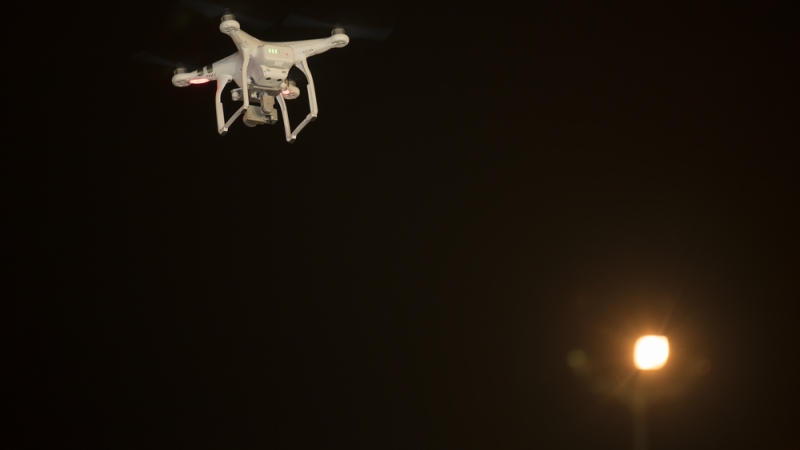
One of the most common commercial drone waiver requests concerns permission to fly at night, according to the Federal Aviation Administration.
The FAA proposed rules for commercial drones weighing less than 55 pounds in August and began receiving waiver requests from companies that wish to fly unmanned aircraft under different circumstances. The FAA has rejected 71 waiver requests and 854 applications because of inaccurate or incomplete information.
The FAA has performance-based standards for companies that need to know what information is required of them before submitting a waiver request.
In order to receive permission to fly at night, the applicant must describe the method for maintaining visual line of sight, explain the method for avoiding other people and objects, provide a method for the pilot to determine the position of the drone, explain the understanding of the obstacles to flying at night, and ensure that the drone can be seen at a distance of 3 statute miles.
Once this information is provided, the FAA can decide whether the company is equipped to fly a drone at night.
The FAA told companies that they must respond to requests for additional information within 30 days or the agency will withdraw the request.
